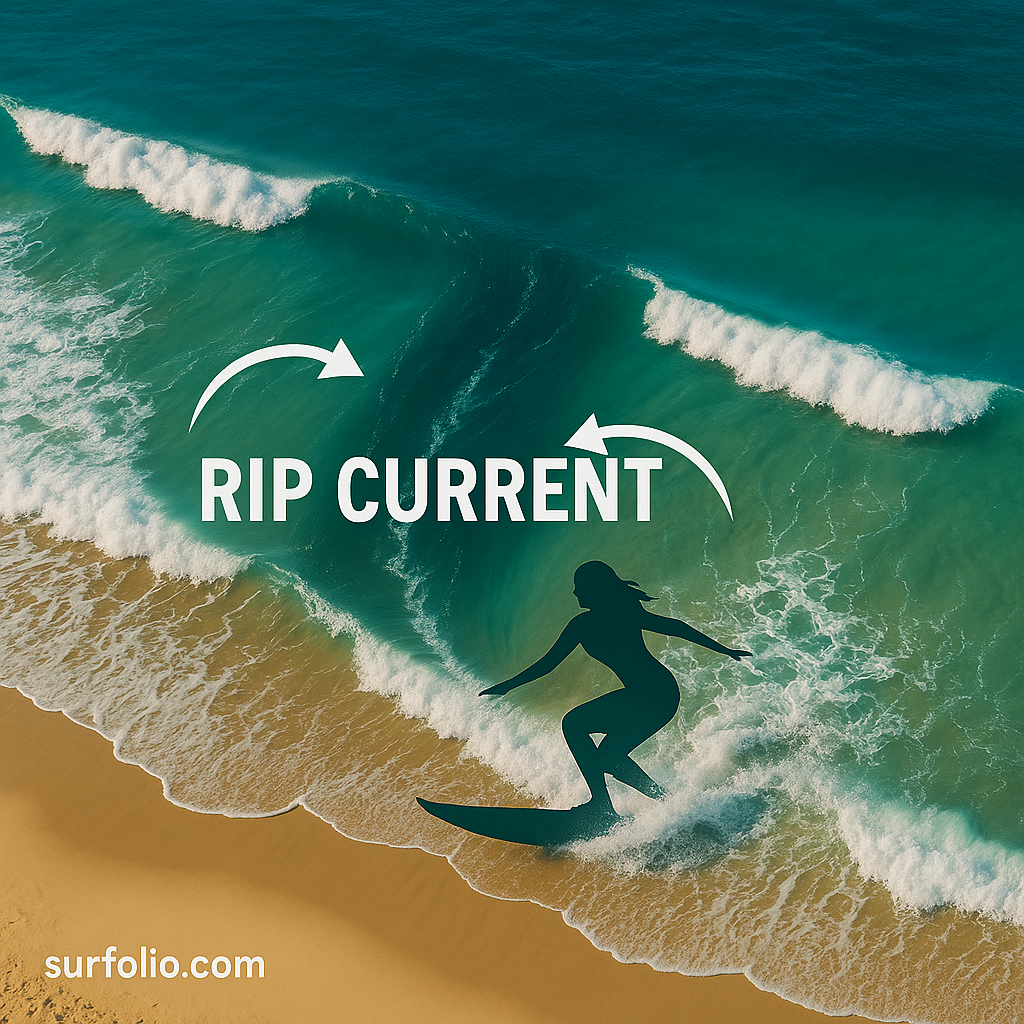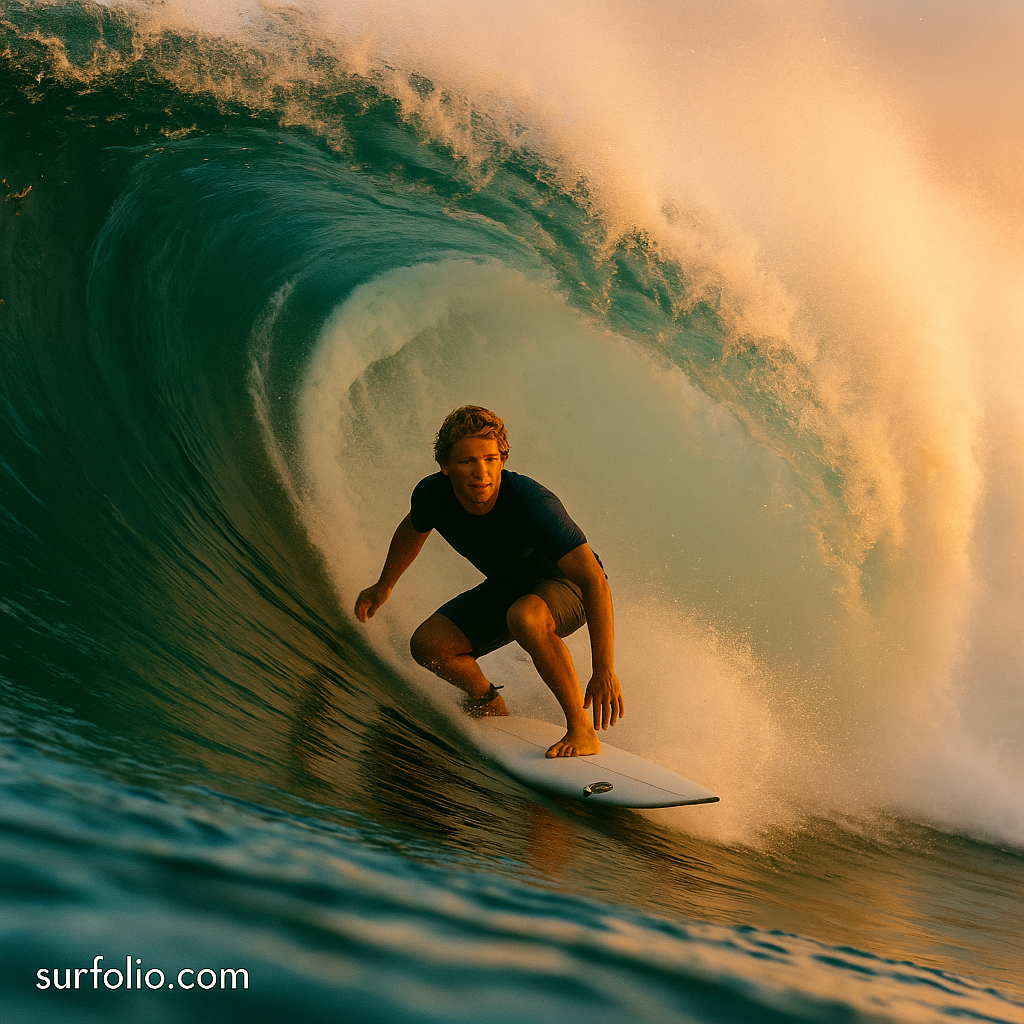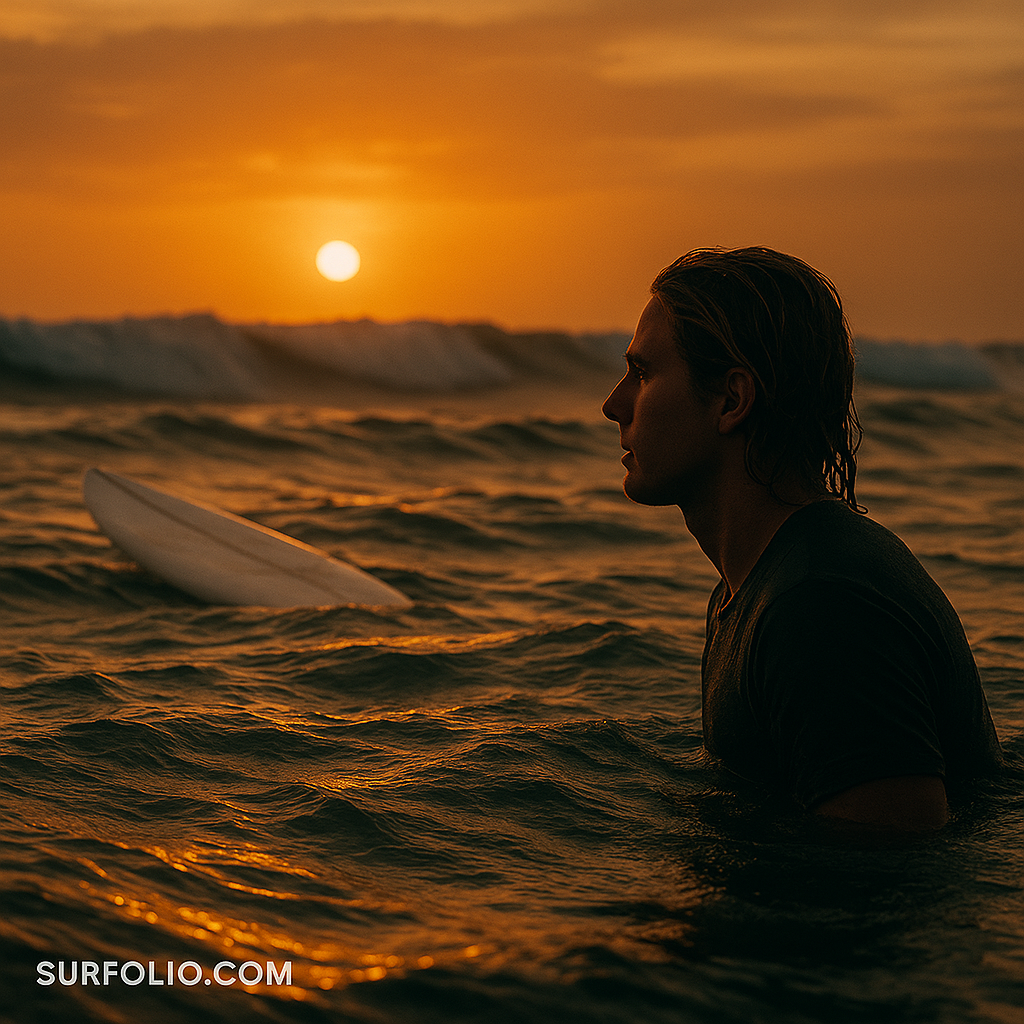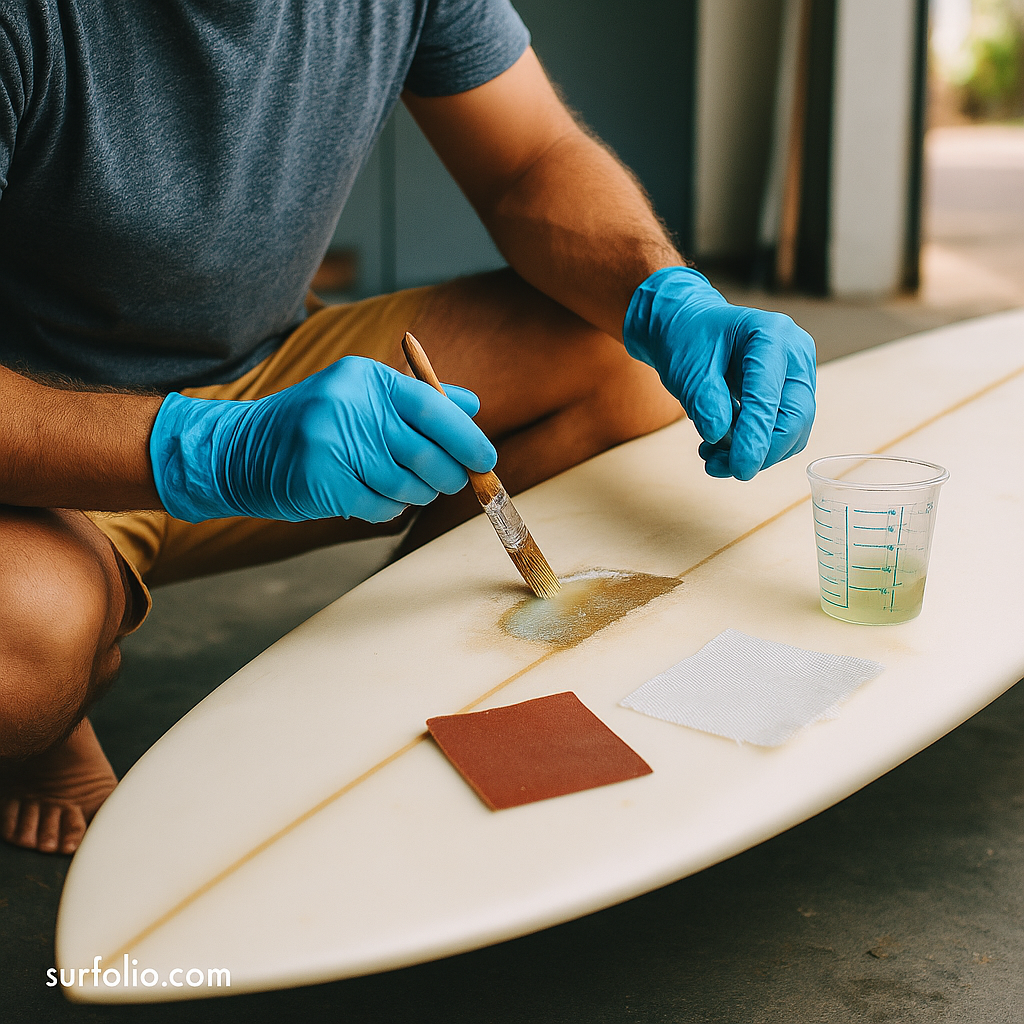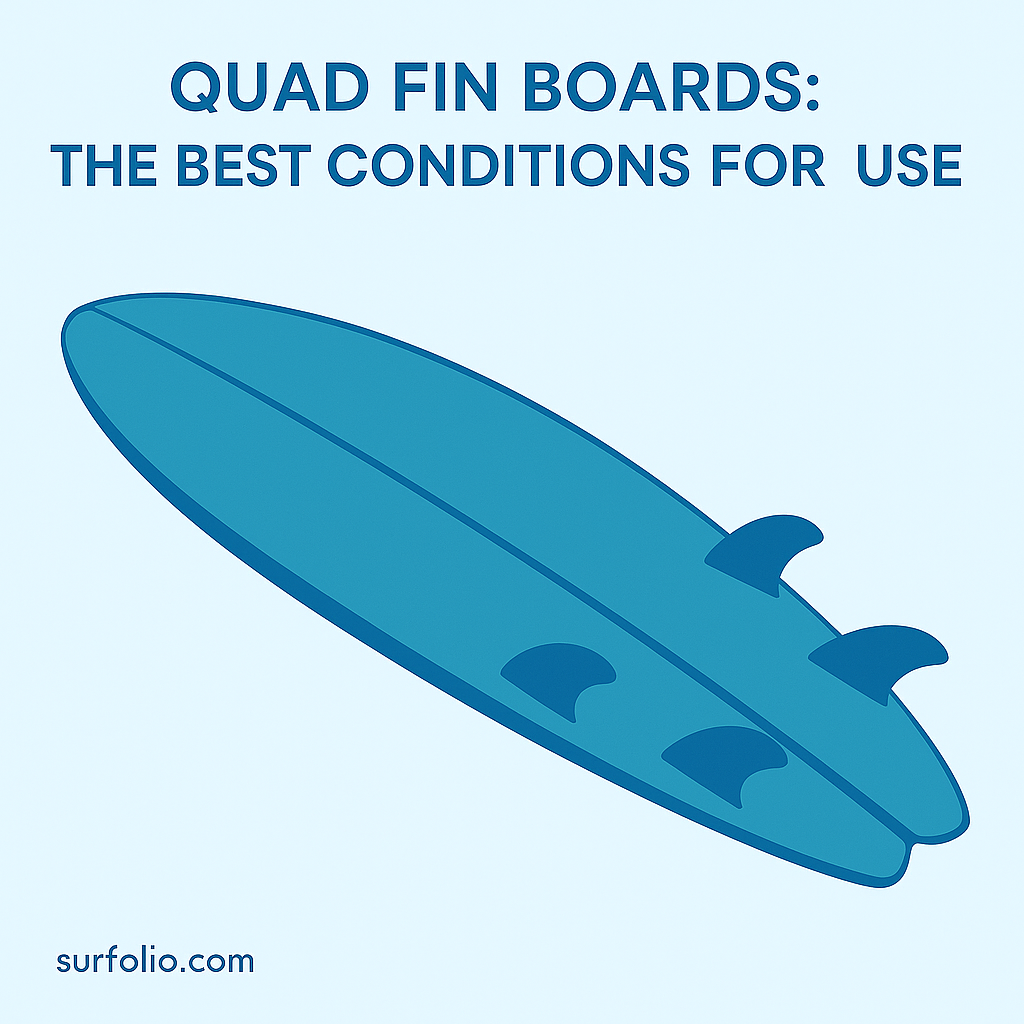
The Roots of Longboarding
Longboarding is the foundation of modern surfing — the style that started it all. Before shortboards, aerials, and contests with complex scoring systems, there were graceful rides on long, heavy boards that prioritized flow and style. The roots of longboard competitions go back to when surfing first began to be recognized as a sport rather than just a lifestyle.
In the early 20th century, longboards were the norm. Made from solid wood and weighing up to 100 pounds, they were used by pioneers like Duke Kahanamoku, who helped introduce surfing to the world. Though formal competitions didn’t exist yet, Duke’s exhibitions in places like California and Australia laid the groundwork for what would eventually become organized longboard contests.
Continue reading “The History of Longboard Competitions”

